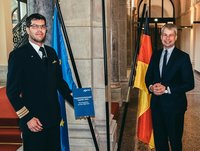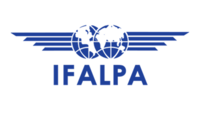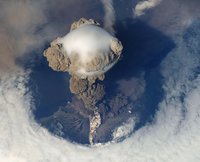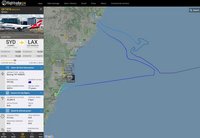
| The Newsletter of the German Air Line Pilots' Association Vereinigung Cockpit | Nr. 11 2020 |
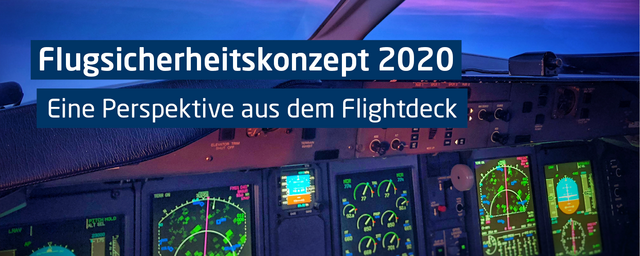 |
Dear Members,Corona has brought many things to a halt, but not Flight Safety! So, I am very pleased that we have now been able to present our comprehensive Flight Safety Concept SafeSKY 2020 to the public and our colleagues at airlines, regulators and organisations.
|
 |
Flight Safety Concept SafeSKY 2020 publishedThe VC has published its comprehensive Flight Safety Concept SafeSKY 2020. On 24 July, Björn Reimer, Board Memeber Flight Safety, handed over the 80-page concept to Steffen Bilger, Parliamentary State Secretary in the Federal Ministry of Transport.
|
IFALPA Return to Flying ChecklistIFALPA has prepared a Return to Flying Checklist for all those who have not flown in a while. Numerous VC members of the working groups QUAT, ADO and ATS were involved in the creation.
|
Volcanic Eruptions and Air TrafficVolcanic clouds, ash, gases and aerosols can have a significant impact on air traffic. Klaus Sievers - a member of the ATS working group - gives a detailed overview of current regulations and information sources as well as the opportunities for flight safety arising from new technologies in his article Die Bedeutung von Informationen zu Vulkanausbrüchen für den Flugverkehr ("The importance of information on volcanic eruptions for air traffic"). It is available in German only, but it is based on an article that Klaus wrote for IFALPA's InterPilot Magazine 1/2018 in English which you can find here.
|
ICAO Space Weather AdvisoriesIn their joint article ICAO Space-WX Advisories – in the Ops-Manual! First thoughts, Klaus Sievers and Ralf Parzinger of VC's Working Group ATS advocate for including Space Weather information into the airlines' Ops Manuals and thus integrate it into everyday flight operations.
|
 |
VC establishes Easyjet Company CouncilEasyjet now also has a VC Company Council. In mid-July, the provisional committee was officially appointed by the Executive Board and the Chairman Industrial Relations. Andreas Mennecke (SFO TXL) acts as spokesman of the council, James (Jim) Phillips (Cpt. TXL) as deputy spokesman. |
News from Associations, Organisations and Regulators
ECA
- Editorial of ECA President Jon Horne on the role of pilots for climate change: Your safety is our priority. But only on the interior of a sealed aluminium tube
- European Aviation Mental Well-being Initiative (EAM-WELL)
- Hall of shame: a snapshot of new anti-crew practices emerging during COVID19
Opsgroup
EASA
Farewell, Queen of the SkiesA few day ago, Qantas - like several other airlines - retired the Boeing 747 for good. The crew on final flight QF7474 did not turn to their destination Los Angeles directly but painted a giant cangaroo into the sky off the Australian east coast for the various flight tracking sites. Farewell, Queen of the Skies! |
 |
We continuously strive to improve our newsletter and welcome your feedback. Please send comments and suggestions to presse@vcockpit.de or use the reply function of your mail programme. To stay up to date with the latest news, follow us on:

